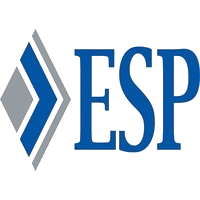
ESP Associates
ESP is an ENR Top 500 multi-disciplinary engineering design and consulting firm recognized for providing clients with comprehensive Civil Engineering, Surveying, Land Planning/Landscape Architecture, Subsurface Utility Engineering, Geosciences, Environmental and Construction Engineering Inspection.